Diversity of Helical Blades
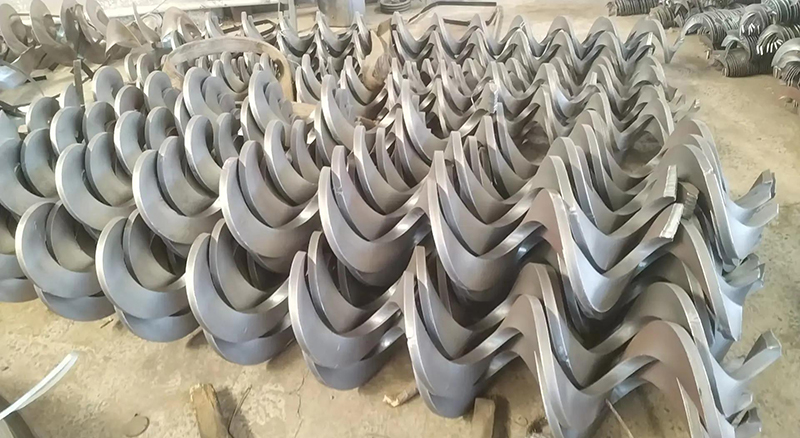

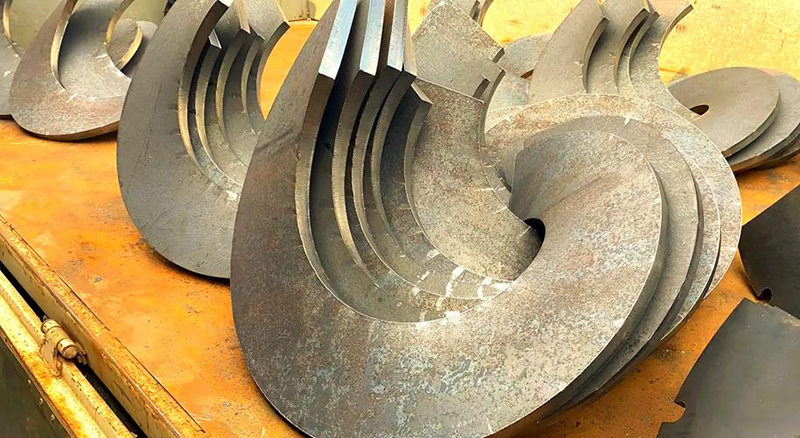
| Product name: | Diversity of Helical Blades |
| Keywords: | |
| Industry: | Metallurgy and minerals - Mining industry |
| Process: | - |
| Material: |
Processing manufacturer
- There are 32 manufacturers that provide similar products
- There are 168 manufacturers that provide this processing technology
- There are 117 manufacturers that provide this material processing service
- There are 107 manufacturers that provide this industry processing service
Product details
The diversity of helical blades is reflected in their design, structure, material, dimensions, and manufacturing processes, enabling them to meet the needs of various application scenarios. The following is a detailed analysis of the diversity of helical blades, highlighting their structural and functional diversification:
1. Structural Type Diversity
The structural form of helical blades is designed according to the purpose and working conditions, and has the following types:
Continuous Helical Blades:
Features:
Seamless spiral in the entire segment, smooth surface, high conveying or propulsion efficiency.Advantages:
Good stability, suitable for long-distance, continuous operation.Applications:
Screw conveyors (such as grain, powder conveying), ship propellers.Segmented Helical Blades:
Features:
Spliced and welded from single pieces, modular design.Advantages:
Easy to transport, install, and maintain, suitable for non-standard or small-batch production.Applications:
Agricultural machinery (such as harvesters), customized conveying equipment.Variable Pitch Helical Blades:
Features:
The pitch varies along the axial direction, with large or small pitch in local areas.Advantages:
Optimize material flow or thrust distribution, prevent clogging or improve efficiency.Applications:
Chemical mixing equipment, compression conveyors.Multiple Helical Blades:
Features:
Multiple spirals in parallel (such as double helix, triple helix).Advantages:
Increase conveying volume or mixing uniformity, suitable for high-flow scenarios.Applications:
Large mixers, biomass conveying systems.Belted or Hollow Helical Blades:
Features:
The blade is hollow in the middle or strip-shaped to reduce weight.Advantages:
Reduce energy consumption, suitable for lightweight materials or low-resistance scenarios.Applications:
Lightweight material conveying (such as plastic particles), small thrusters.2. Cross-Section Shape Diversity
The cross-sectional shape of the helical blade affects its performance and applicability, mainly including:
Standard Circular Cross-Section:
Features:
The most common spiral shape, evenly stressed.Applications:
General conveyors, propellers.Conical Spiral:
Features:
The diameter gradually changes along the axial direction, forming a compression or acceleration effect.Applications:
Conveying systems that require material compression (such as sludge treatment).Special-Shaped Cross-Section:
Features:
Such as rectangular, trapezoidal, or wavy cross-sections, enhancing specific functions.Applications:
Special mixing equipment (such as high-viscosity material mixing).Edged Spiral:
Features:
The blade edge is thickened or equipped with a baffle to prevent material overflow.Applications:
Granular material conveying (such as sand, gravel, ore).3. Material Diversity
The material selection varies according to the working conditions (such as abrasiveness, corrosiveness, temperature), and common materials include:
Ordinary Carbon Steel (Q235, Q345):
Features:
Low cost, easy to process, moderate strength.Applications:
Dry material conveying (such as grain, coal).Stainless Steel (304, 316, 316L):
Features:
Corrosion-resistant, smooth surface, meets hygiene standards.Applications:
Food processing, chemical industry, marine environment.Wear-Resistant Steel (Hardox 400/450, NM400):
Features:
High hardness, strong wear resistance.Applications:
High-wear scenarios (such as ore, gravel conveying).Alloy Steel (42CrMo, Mn13):
Features:
High strength, high temperature resistance, or impact resistance.Applications:
High-temperature furnaces, mining equipment.Aluminum Alloy (6061, 7075):
Features:
Lightweight, corrosion-resistant, suitable for high-precision machining.Applications:
Ship propellers, aircraft propellers.Composite Materials and Coatings:
Features:
Such as ceramic coatings, polyurethane coatings, or carbon fiber composite materials, enhancing wear resistance or anti-adhesion.Applications:
Special chemical scenarios, aerospace prototypes.Titanium Alloy:
Features:
Ultra-high corrosion resistance and strength, lightweight.Applications:
Extreme corrosive environments (such as deep-sea diving equipment).4. Size and Parameter Diversity
The size and parameters of the helical blade can be flexibly adjusted according to needs:
Diameter:
From tens of millimeters (small mixers) to several meters (large conveyors or propellers).Pitch:
Usually 0.5-2 times the diameter, affecting conveying efficiency or thrust, variable pitch can be customized.Thickness:
2-20mm, thin-walled (2-6mm) for light loads, thick-walled (6-20mm) for heavy loads or high-wear scenarios.Helix Angle:
Influences material flow or propulsion efficiency through computational fluid dynamics (CFD) or empirical optimization.Length:
Continuous blades can reach several meters, and segmented blades can be spliced as needed.5. Manufacturing Process Diversity
Different manufacturing processes give helical blades diversified production methods:
Cold Rolling Forming:
Features:
High precision, smooth surface, suitable for mass production.Applications:
Continuous thin-walled blades (such as conveyors).Hot Rolling/Molding:
Features:
Suitable for thick-walled or large-diameter blades, adapting to non-standard designs.Applications:
Heavy equipment (such as mining conveyors).Segmented Welding:
Features:
High flexibility, easy to transport and assemble.Applications:
Non-standard or small-batch production.CNC Machining:
Features:
High precision, suitable for complex shapes.Applications:
High-precision propellers or prototype development.3D Printing:
Features:
Realize complex structures, suitable for small-size, high-precision blades.Applications:
Aerospace experiments, special customization.6. Functional and Performance Diversity
Efficient Conveying:
Continuous helical blades are suitable for stable, long-distance material conveying.Uniform Mixing:
Multiple spiral or variable pitch blades improve mixing uniformity.High Thrust:
Optimized designed propeller blades (such as ships, aircraft) provide efficient propulsion.Wear/Corrosion Resistance:
Wear-resistant steel or stainless steel blades adapt to harsh working conditions.Lightweight:
Aluminum alloy or composite material blades reduce equipment load.7. Summary
The diversity of helical blades is reflected in the structure (continuous, segmented, variable pitch), cross-sectional shape (circular, conical, special-shaped), material (carbon steel, stainless steel, composite materials), size parameters, and manufacturing processes (cold rolling, CNC, 3D printing). This diversity enables it to flexibly cope with different working conditions, and it is widely used in scenarios ranging from industrial conveying, fluid propulsion to stirring and mixing.
Similar products
More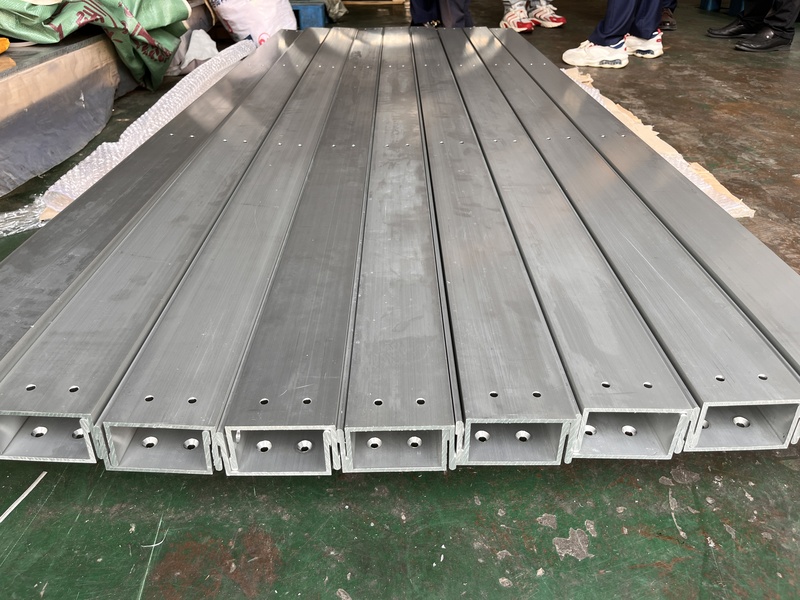
Precision Machining of U-Steel Profiles for Building Applications
- Process : Stamping - General stamping
- Material : Aluminum
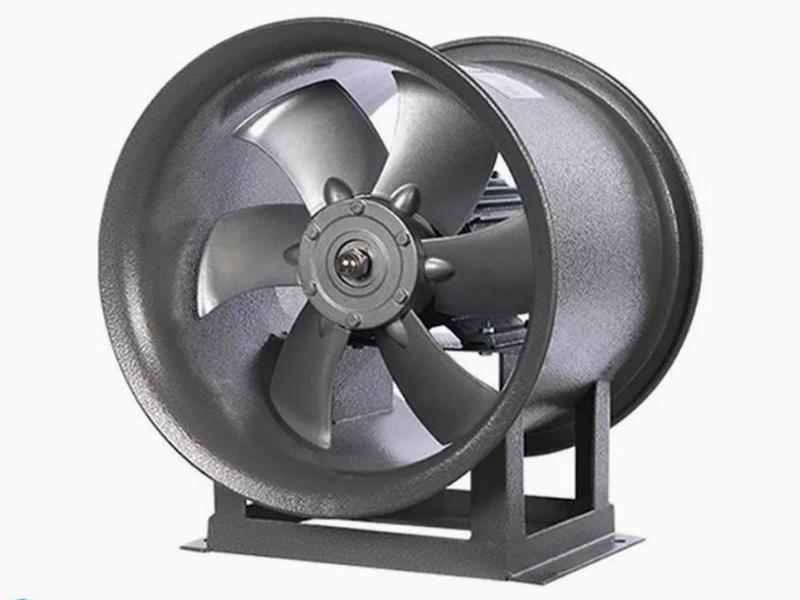
What are the machining processes used for processing axial fan housings
- Process : Sheet metal - Welding
- Material : Carbon steel
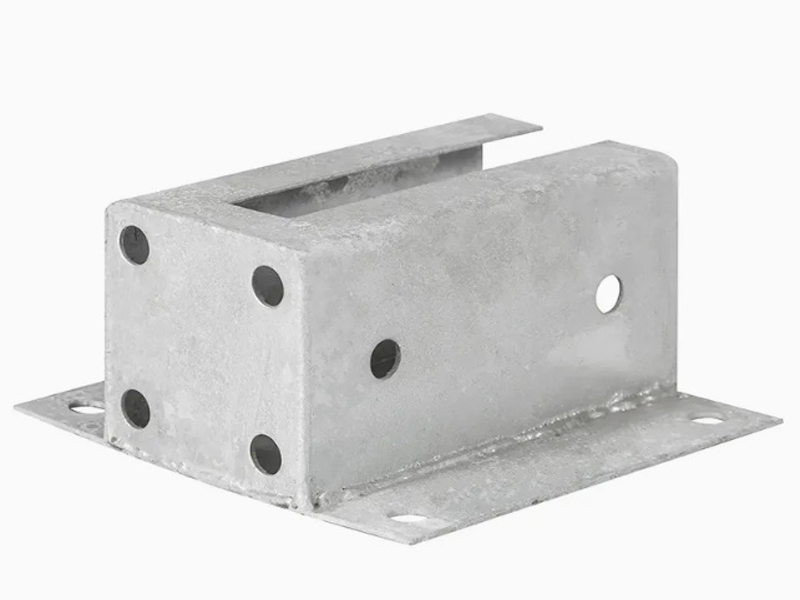
Machining Process Analysis of Carbon Steel Fixed Anchor Plates
- Process : Machining - CNC milling or milling machining
- Material : Carbon steel
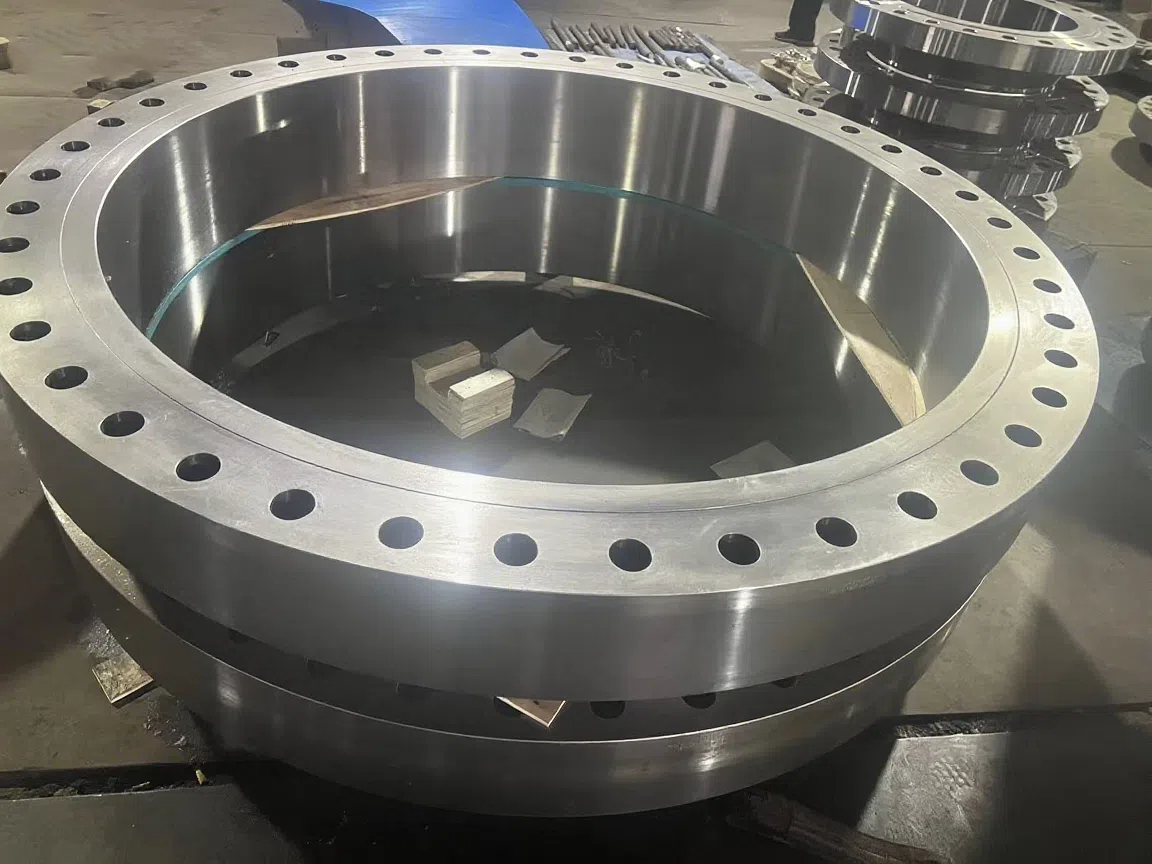
Heavy-Walled Flange Milling-Turning Machining and Flaw Detection
- Process : Machining - Turning Milling compound
- Material : Alloy steel
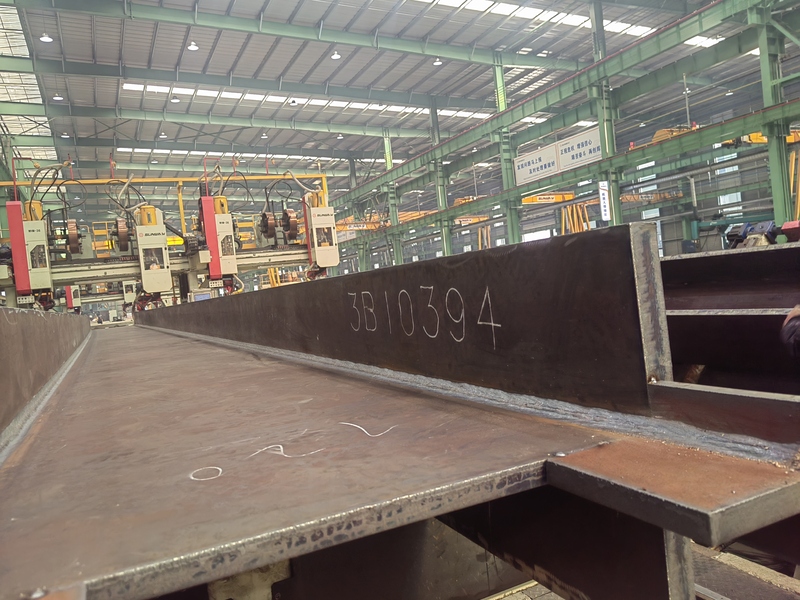
Custom Fabrication of S355JR Welded H-Beams for Construction Projects
- Process : Sheet metal - Welding
- Material : Carbon steel
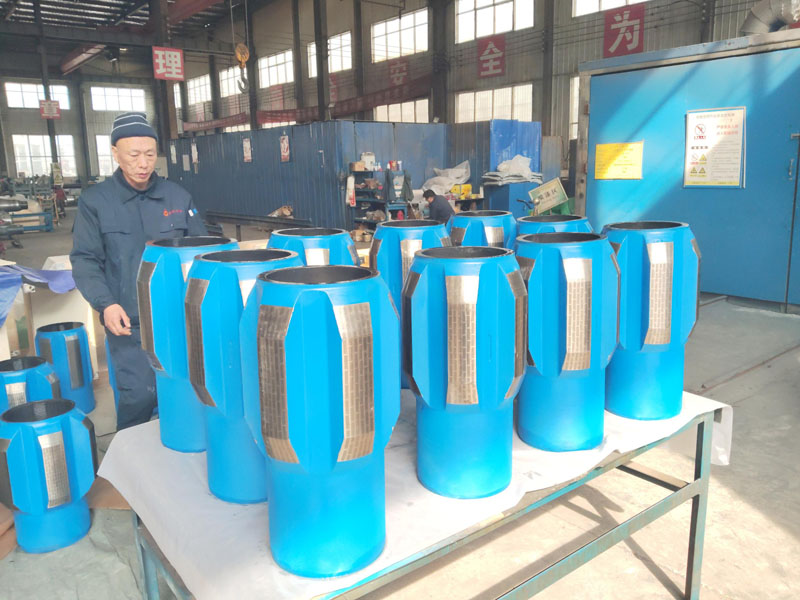
Drill Stabilizers Applied in Oil Drilling Platforms
- Process : Machining - Five-axis machining
- Material : Alloy steel
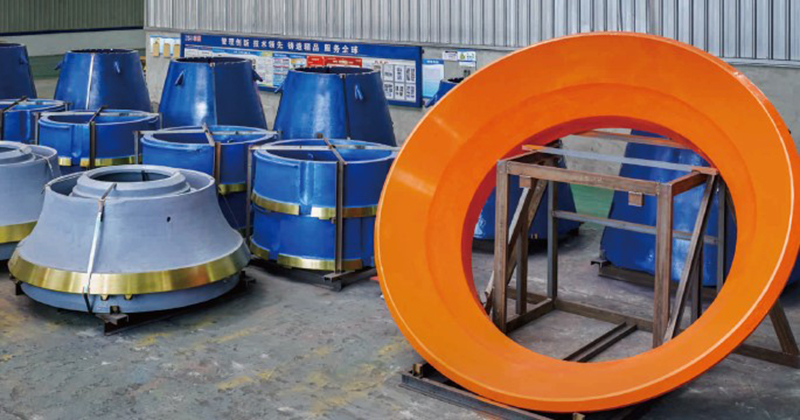
Cone Crusher Mantle
- Process : -
- Material :
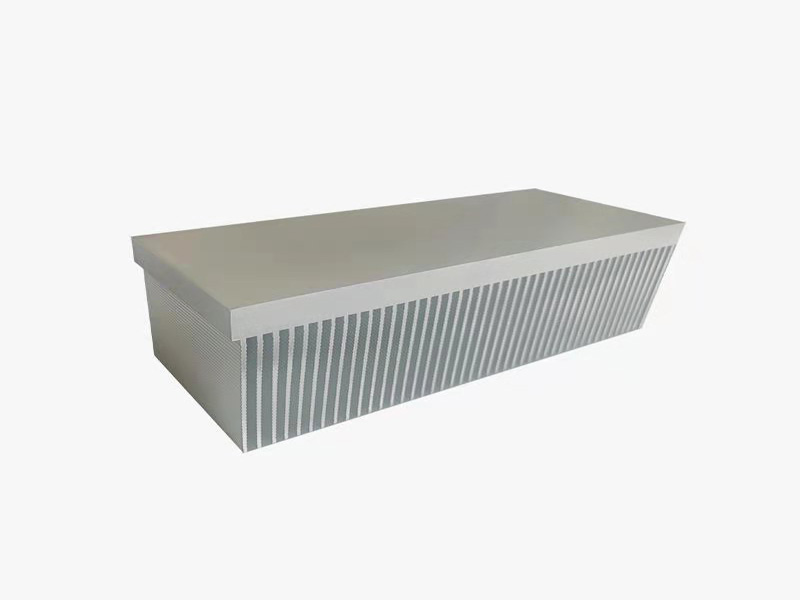
Innovative skiving technology: Breaking through the bottleneck of high-density heat dissipation technology
- Process : Surface treatment - Others
- Material : Alloy steel
More products
More
Precision Machining of U-Steel Profiles for Building Applications
- Process : Stamping - General stamping
- Material : Aluminum

What are the machining processes used for processing axial fan housings
- Process : Sheet metal - Welding
- Material : Carbon steel

Machining Process Analysis of Carbon Steel Fixed Anchor Plates
- Process : Machining - CNC milling or milling machining
- Material : Carbon steel

Heavy-Walled Flange Milling-Turning Machining and Flaw Detection
- Process : Machining - Turning Milling compound
- Material : Alloy steel

Custom Fabrication of S355JR Welded H-Beams for Construction Projects
- Process : Sheet metal - Welding
- Material : Carbon steel

Drill Stabilizers Applied in Oil Drilling Platforms
- Process : Machining - Five-axis machining
- Material : Alloy steel

Cone Crusher Mantle
- Process : -
- Material :

Innovative skiving technology: Breaking through the bottleneck of high-density heat dissipation technology
- Process : Surface treatment - Others
- Material : Alloy steel